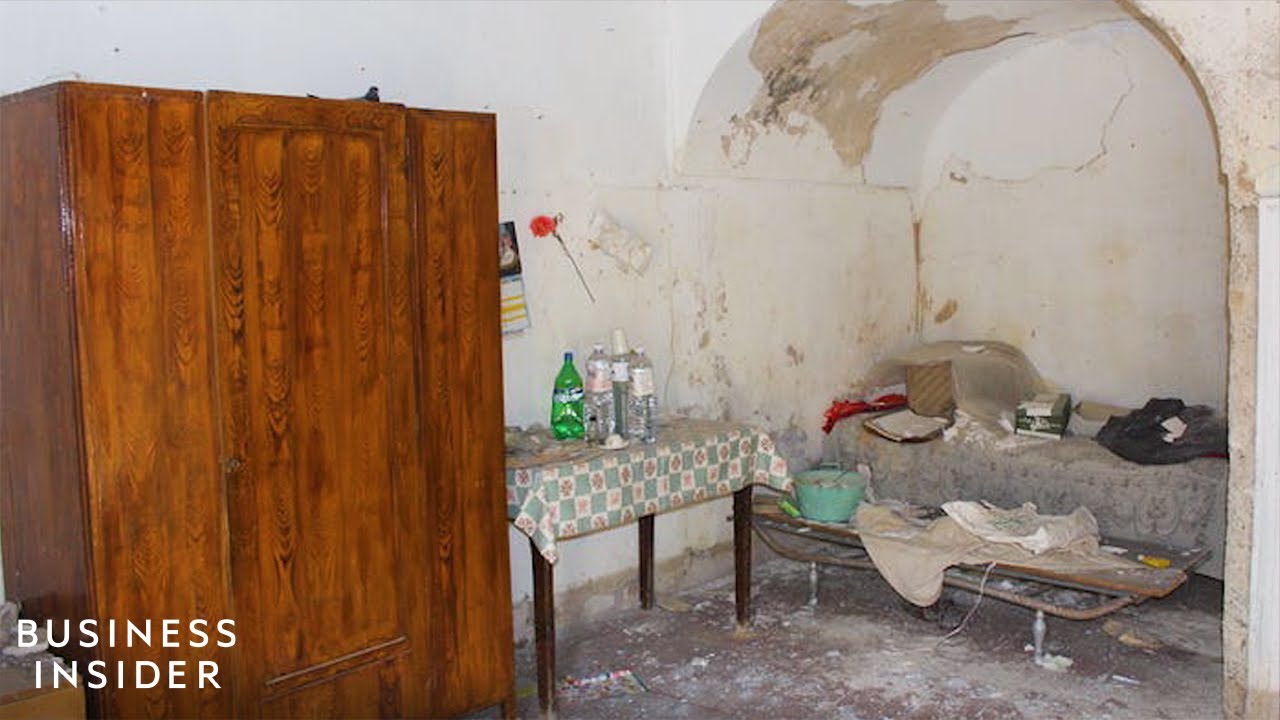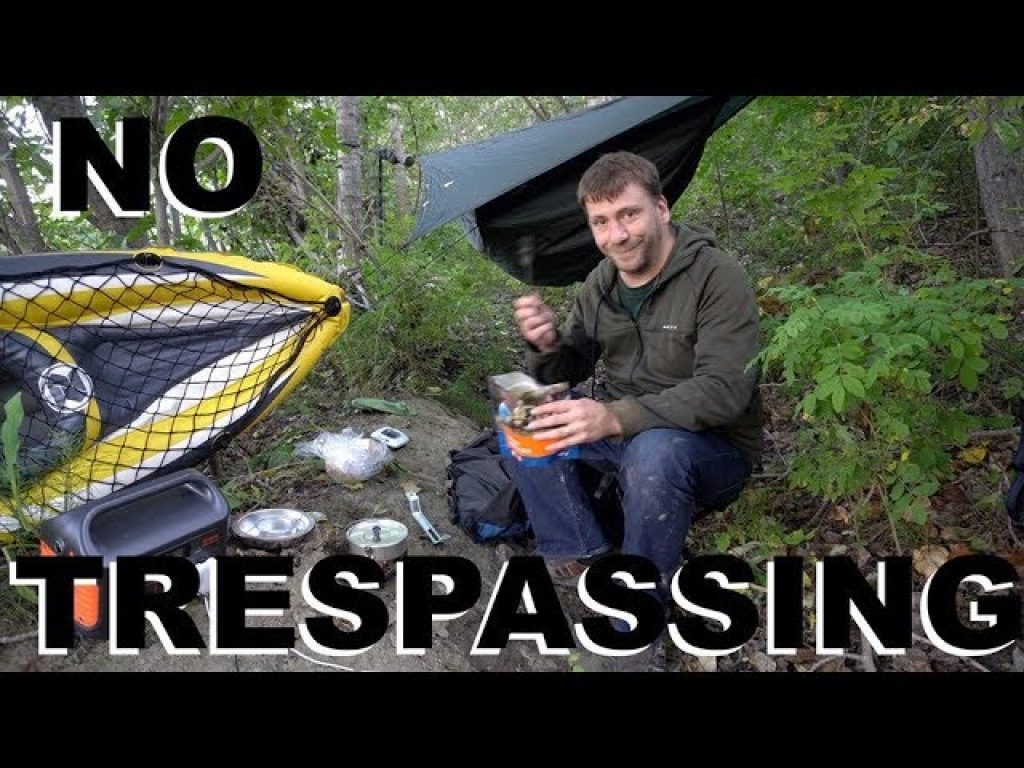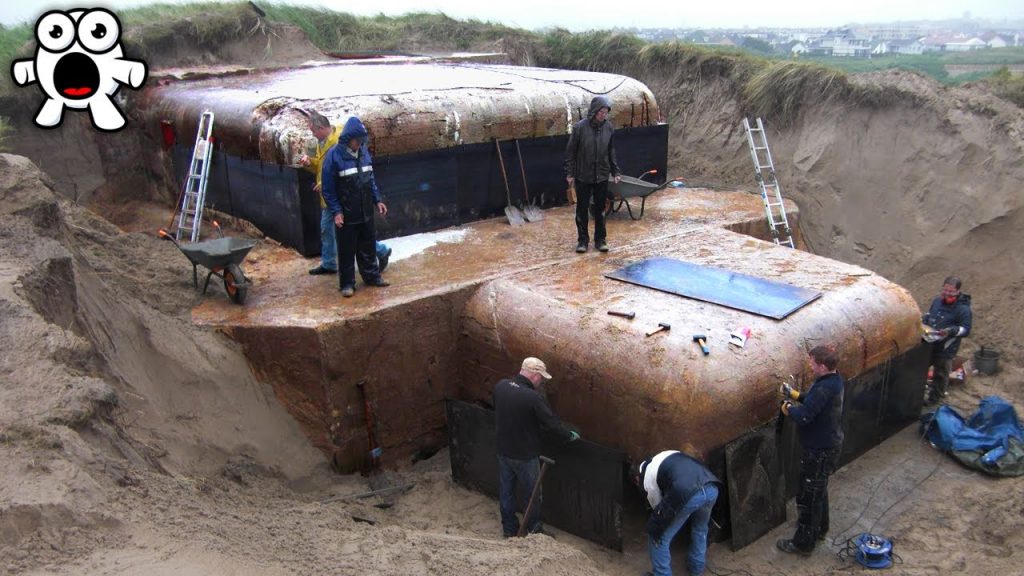The Truth Behind Italy’s $1 Homes

Starting in early 2019, 20 towns across Italy began selling homes for €1, or about $1.10.
Local governments hope the plan will attract fresh faces and new businesses to towns that have been suffering from rapid depopulation and a growing number of abandoned homes for decades. But the true cost of these homes turn out to be much higher than $1.
What steps can potential buyers take to ensure that investing in a $1 home in Italy is a viable long-term investment, and what factors should they consider when researching the town and region?
Italy’s $1 homes have been making headlines globally, luring people from all over the world to invest in a slice of Italian life. The proposition of owning a home in the beautiful countryside of Italy for a mere $1 is indeed an alluring one, but is it true?
The $1 deal first emerged in 2019, as several Italian towns launched an initiative to attract people to their depopulated regions. The idea was simple: to offer rundown or abandoned homes for a nominal fee, usually starting at $1, on the condition that buyers would renovate the property within a specified time. The program was aimed at reviving declining villages by inviting new residents to move in and start businesses, thus creating job opportunities and boosting the local economy.
The initiative was well received, and soon, the Italian government jumped on board, too, offering to lend support to municipalities participating in the program. The government backed the scheme, stating that it was an innovative way of promoting tourism and creating economic activity in shrinking towns.
However, the excitement around the $1 deal quickly turned into skepticism, as people began to question if it was too good to be true. Firstly, the homes on offer are often situated in remote, neglected parts of Italy, which are difficult to access, making it challenging to renovate and maintain the homes. Some of the properties require significant investments to make them livable, and buyers must cover all the renovation costs themselves. In some cases, the entirety of the restoration process may exceed the value of the property.
Secondly, it’s important to note that buying property in Italy, even for $1, comes with legal and financial responsibilities. Buyers must comply with Italian law and regulations, such as obtaining planning permission for renovations, connecting to public utilities, and paying local taxes. These legal requirements may be complicated and expensive, with some towns requiring additional permits and authorizations.
Finally, the $1 headline is misleading, as it does not represent the total cost of buying a property in Italy. While it is true that buyers can own the property for a nominal fee, or in some cases, for free, there are additional expenses to consider. Buyers must pay for notaries, legal fees, registration costs, and various other expenses that add up quickly.
In conclusion, while the idea of owning a $1 home in Italy may seem like a dream come true, buyers should exercise caution and do their due diligence before investing. It’s essential to understand the legal and financial obligations that come with purchasing a property in Italy, as well as the cost of renovation and maintenance. Furthermore, it’s essential to research the town and the region to ensure it is a viable option for a long-term investment. The $1 offer may sound attractive, but it is by no means a simple or easy decision.









Raw Run || Race Against the Storm
$18,000,000 BILLIONAIRES TROPICAL PARADISE (Luxury Smart Home)
Inside the Sinaloa Cartel’s Fentanyl Smuggling Operations
Flying Foxes Vs Freshwater Crocodile | Lands of the Monsoon
10 Summer Style Essentials All Men Need